In 2019, the Department of Agriculture launched the BEEP scheme, which was then followed by the BEEP-S. The aim was to capture on-farm liveweights of suckler cows and calves, along with improving the welfare of animals around weaning.
The two schemes have supplied exceptional data on weaning efficiency of both suckler cows and calves over the past two years. This week, the Irish Farmers Journal caught up with ICBF technical director Andrew Cromie to see how this data is used in genetic evaluations so far and the plans for it going forward.
Shane Murphy (SM): Has the latest BEEP-S data been added to genetic evaluations or is the training population still being used?
Andrew Cromie (AC): Yes, the first of that data has been included in the evaluations and added to the older training population.
SM: I presume the old training population wouldn’t be as accurate as your new data coming in?
AC: Old training population, no. Over time, the impact of that old training population reduces and obviously the influence of the newer data increases.
SM: Tell me a bit about the work being done with this new data?
AC: There’s a significant piece of work that we’ll be doing over the next number of months. It’s a big piece of work, no different than the piece of work that Ross Evans and Siobhan Ring did in the context of splitting calving out into the beef calving and the dairy calving. We’re at the early stages of really looking at how to express all of that growth and milk data in the future, now that we’re getting so much data coming from the suckler herd. I know you’ve heard people raising questions about whether carcase growth from the dairy cow is the same as carcase growth in the suckler cow post-weaning. That’s a live question at the moment, which we’re looking at. These were research questions initially, and we’ve started looking at the possibility of splitting it into carcase growth from a dairy cow and carcase growth from a beef cow.
We’re at the early stages of really looking at how to express all of that growth and milk data in the future
Within that as well, there’s the whole discussion around weanling growth. Currently, on weaning growth rate, we have this milk score trait, but now we have a lot of really good cow and calf weights, so is the milk score still a trait that’s adding value? That’s an open question. We had to use the score in the past, as we didn’t have cow and calf weights. It has done a good job generally in taking us in the right direction around milk, but could we do a better job? I have no doubt now we’re getting a good handle on the milk traits.
SM: Has the work so far shown that too much milk can be a bad thing?
AC: There’s a live question there around that. That also links back to the carcase growth out of the suckler cow compared to the dairy cow. If we look at calving, we now know there’s a nonlinear relationship there. So it’s likely at a certain point in time, too much milk is not good, while, on the flip side, not enough milk is very bad. So there’s going to be a lot of work around maternal weaning weight, milk score, liveweight, growth and carcase traits in the next 12 months.
SM: A big issue on pedigree farms is that the highest indexed animals on the farm are generally recipients. Is milk worth too much in the index?
AC: Is the economic value of milk too high? That’s a piece of work we’ve restarted again now. We put our hands up a few years ago and said we had a problem with milk – it’s certainly largely being addressed now. Yes, there were certainly first crosses from the dairy herd that got the advantage of that, in terms of where we were at as a position respective.
We need a strong suckler herd and we need to measure the traits that are relevant for the suckler cow, and drive our breeding programme forward that way
All the research done through Grange, going back seven or eight years, was that the first cross from the dairy herd was the most profitable suckler cow. That was the starting point. So we shouldn’t be surprised that reflected back into the indices. We’re very clear that we don’t see any future in having a suckler herd based on a first from the dairy herd. Some feel that this is the route the industry should go down, but the view we would have is that we need a strong suckler herd and we need to measure the traits that are relevant for the suckler cow, and drive our breeding programme forward that way.
SM: Are the indices being affected too much by the liveweight of the mother, if she can hit targets such as 50% weaning weight?
AC: The economic values are being updated. We have lots of liveweight data now, so that will be one that will come under the microscope again. What we definitely do know is that there is a very strong relationship between feed intake and methane output, and that is indirectly linked to cow size. A smaller cow will generally eat less.
SM: We’ve touched on how important milk is, yet some five-star proven bulls can be down in the bottom 20% for milk value. Should there be a limit for milk, so that terminal traits can’t overcompensate for replacement index milk?
AC: This again comes back to some traits and the non-linearity associated with them. BDGP is now finishing and the economic traits haven’t been touched in the last five or six years. Over the next 12 months or even longer – perhaps the next two to three years – there’s a significant amount of work to be done. We now have a lot of data and there will be changes – there has to be.
Read more
Watch: €9,500 top price at 8th genetic advantage sale
The bid is online now lads...
In 2019, the Department of Agriculture launched the BEEP scheme, which was then followed by the BEEP-S. The aim was to capture on-farm liveweights of suckler cows and calves, along with improving the welfare of animals around weaning.
The two schemes have supplied exceptional data on weaning efficiency of both suckler cows and calves over the past two years. This week, the Irish Farmers Journal caught up with ICBF technical director Andrew Cromie to see how this data is used in genetic evaluations so far and the plans for it going forward.
Shane Murphy (SM): Has the latest BEEP-S data been added to genetic evaluations or is the training population still being used?
Andrew Cromie (AC): Yes, the first of that data has been included in the evaluations and added to the older training population.
SM: I presume the old training population wouldn’t be as accurate as your new data coming in?
AC: Old training population, no. Over time, the impact of that old training population reduces and obviously the influence of the newer data increases.
SM: Tell me a bit about the work being done with this new data?
AC: There’s a significant piece of work that we’ll be doing over the next number of months. It’s a big piece of work, no different than the piece of work that Ross Evans and Siobhan Ring did in the context of splitting calving out into the beef calving and the dairy calving. We’re at the early stages of really looking at how to express all of that growth and milk data in the future, now that we’re getting so much data coming from the suckler herd. I know you’ve heard people raising questions about whether carcase growth from the dairy cow is the same as carcase growth in the suckler cow post-weaning. That’s a live question at the moment, which we’re looking at. These were research questions initially, and we’ve started looking at the possibility of splitting it into carcase growth from a dairy cow and carcase growth from a beef cow.
We’re at the early stages of really looking at how to express all of that growth and milk data in the future
Within that as well, there’s the whole discussion around weanling growth. Currently, on weaning growth rate, we have this milk score trait, but now we have a lot of really good cow and calf weights, so is the milk score still a trait that’s adding value? That’s an open question. We had to use the score in the past, as we didn’t have cow and calf weights. It has done a good job generally in taking us in the right direction around milk, but could we do a better job? I have no doubt now we’re getting a good handle on the milk traits.
SM: Has the work so far shown that too much milk can be a bad thing?
AC: There’s a live question there around that. That also links back to the carcase growth out of the suckler cow compared to the dairy cow. If we look at calving, we now know there’s a nonlinear relationship there. So it’s likely at a certain point in time, too much milk is not good, while, on the flip side, not enough milk is very bad. So there’s going to be a lot of work around maternal weaning weight, milk score, liveweight, growth and carcase traits in the next 12 months.
SM: A big issue on pedigree farms is that the highest indexed animals on the farm are generally recipients. Is milk worth too much in the index?
AC: Is the economic value of milk too high? That’s a piece of work we’ve restarted again now. We put our hands up a few years ago and said we had a problem with milk – it’s certainly largely being addressed now. Yes, there were certainly first crosses from the dairy herd that got the advantage of that, in terms of where we were at as a position respective.
We need a strong suckler herd and we need to measure the traits that are relevant for the suckler cow, and drive our breeding programme forward that way
All the research done through Grange, going back seven or eight years, was that the first cross from the dairy herd was the most profitable suckler cow. That was the starting point. So we shouldn’t be surprised that reflected back into the indices. We’re very clear that we don’t see any future in having a suckler herd based on a first from the dairy herd. Some feel that this is the route the industry should go down, but the view we would have is that we need a strong suckler herd and we need to measure the traits that are relevant for the suckler cow, and drive our breeding programme forward that way.
SM: Are the indices being affected too much by the liveweight of the mother, if she can hit targets such as 50% weaning weight?
AC: The economic values are being updated. We have lots of liveweight data now, so that will be one that will come under the microscope again. What we definitely do know is that there is a very strong relationship between feed intake and methane output, and that is indirectly linked to cow size. A smaller cow will generally eat less.
SM: We’ve touched on how important milk is, yet some five-star proven bulls can be down in the bottom 20% for milk value. Should there be a limit for milk, so that terminal traits can’t overcompensate for replacement index milk?
AC: This again comes back to some traits and the non-linearity associated with them. BDGP is now finishing and the economic traits haven’t been touched in the last five or six years. Over the next 12 months or even longer – perhaps the next two to three years – there’s a significant amount of work to be done. We now have a lot of data and there will be changes – there has to be.
Read more
Watch: €9,500 top price at 8th genetic advantage sale
The bid is online now lads...




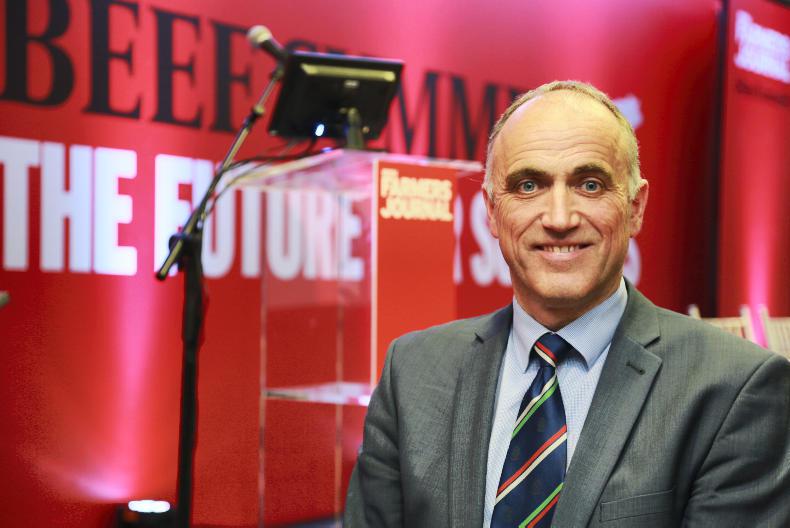
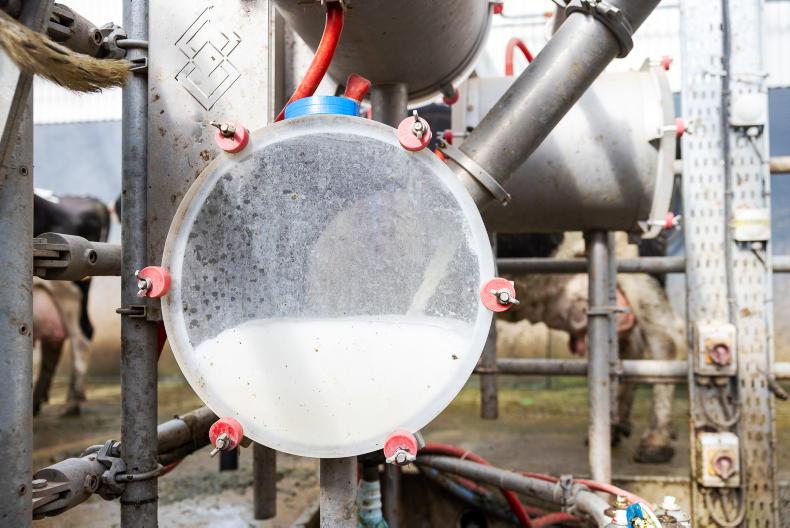

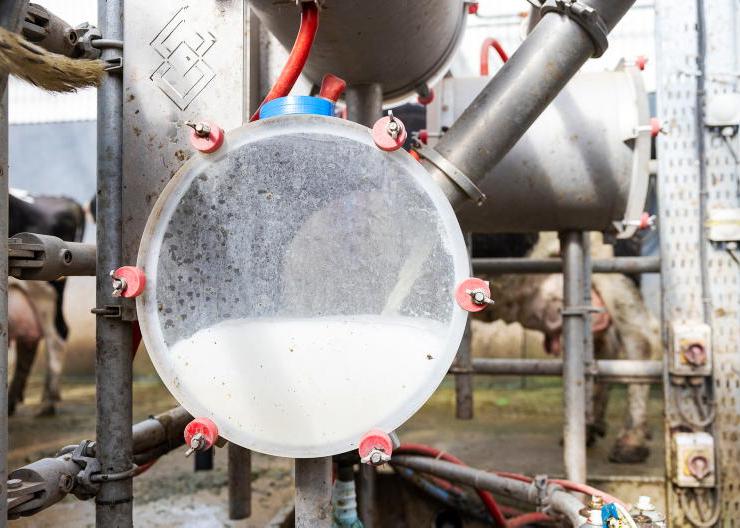
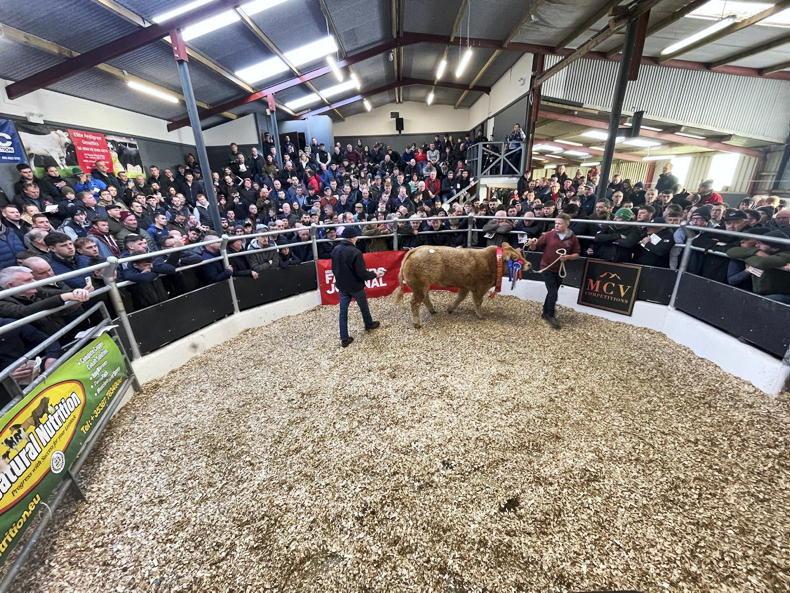
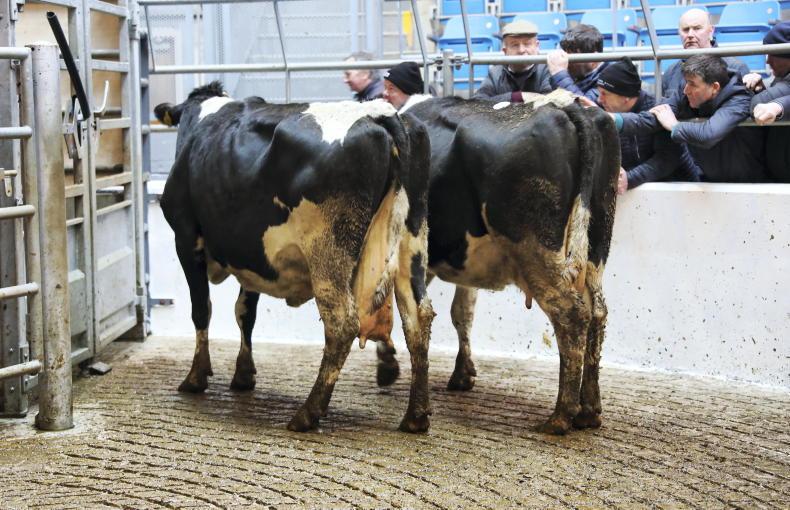
SHARING OPTIONS